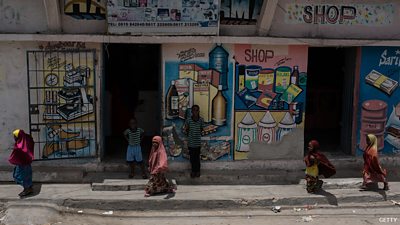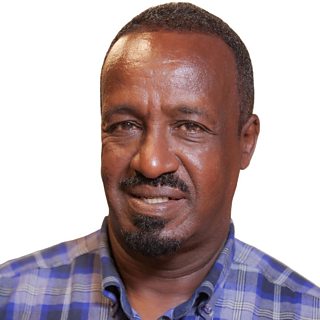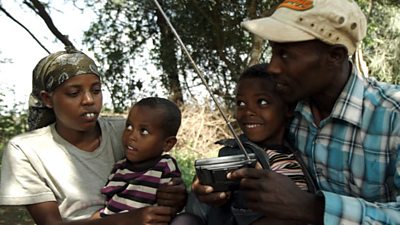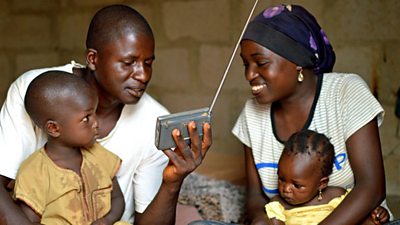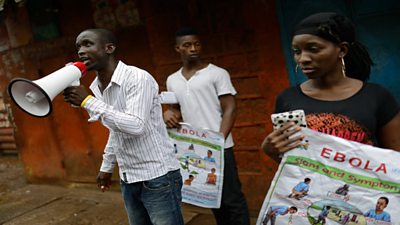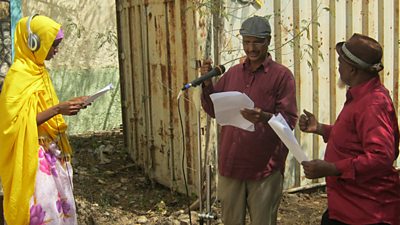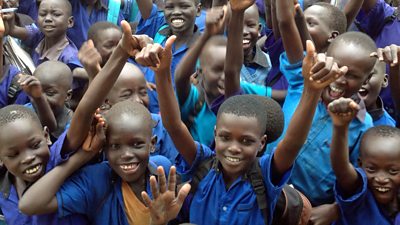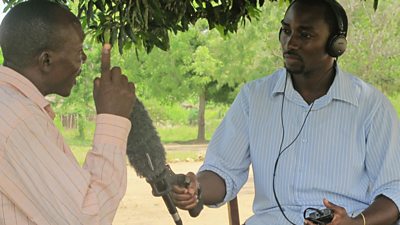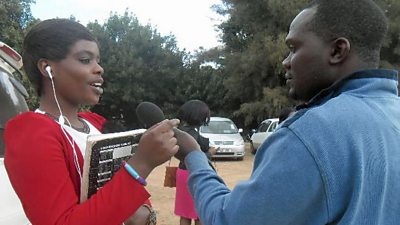Somalia is a country with a long history of conflict and instability. This has created an environment where false and sometimes deliberately misleading information spreads easily, and quickly – fed by longstanding mistrust and even conflict between different factions and groups.
The Somali media landscape is also fragmented, with a variety of outlets competing for attention and followers, which can make it difficult to identify and counter mis- and disinformation and contributes to an environment of information disorder.
Nearly 70% of Somalis also live below the poverty line, particularly those in rural households and internally displaced person (IDP) settlements, and many have poor access to education and to information. This further contributes to the challenges of critically evaluating the sea of information now available online.
At ���Ͽ�����¼ Media Action, we have been working to tackle this issue and to create healthier media environments, where people can access accurate information they can trust. Some of the challenges we have found include:
• Lack of trust in the media: Many Somalis do not trust the media to provide accurate and impartial information. This is due to a number of factors, including the politicisation of the media, the spread of misinformation and disinformation by media outlets, and a history of censorship.
• Limited reach of media: Not all Somalis have access to reliable media sources. This is especially true in rural areas and in areas affected by conflict.
• Low levels of education and high levels of illiteracy: A large proportion of the Somali population cannot read, making it difficult for them to understand fact-checks and other media literacy materials, and to think critically about the information they are receiving.
• Complex political and social context: Somalia is a complex country with a diverse population. This can make it difficult to develop a media campaign that resonates with everyone.
Despite the challenges, there are a number of things that can be done to tackle false and deliberately misleading information through media and communication. Here is our Top Six list of how to start:
1. Build trust with the public: Start by conducting research to understand what information sources and local influencers are trusted by citizens, such as local religious and community leaders. Think about how best to work with these groups and local media partners to build trust, and to support information that can counter mis- and disinformation. It is important to ensure that your content is seen as being impartial.
2. Conduct digital and media literacy training: This can help people to identify and critically evaluate information. Media literacy training can be provided through a variety of channels, including schools, community organisations, online courses and media programming/content (either through traditional platforms such as radio, or online via social media). Part of this approach is also training journalists and media producers in how to identify and critically evaluate information, through workshops, online courses, and mentorship programs, so that they are not adding to the problem.
3. Community outreach is important: Once you have partnered with trusted community leaders and organisations, you may need to conduct training and pre-testing of content, to ensure you understand their context and to ensure they understand the issue you aim to tackle. You may work with a mix of social media influencers, religious leaders, clan elders, and civil society organisations; explore a variety of community engagement opportunities, from use of Instagram and TikTok to town hall meetings.
4. Increase your media reach: Make use of audience data to understand what platforms will best reach audiences, and use a range of media platforms to help your communication reach a wider audience. If you are using social media, it is important to identify the social media platforms which your audience is most likely to use – this could include Facebook, TikTok, Instagram or X (formerly known as Twitter). Make sure you are using appropriate local languages in your communication. And use a variety of engaging content, including video, graphics, and quotes, to help educate social media users about the dangers of mis- and disinformation.
5. Fact-check: It’s important to check what you are sharing, and teach others to do the same. Training fact-checkers to identify and verify mis- and disinformation, and sharing their content in local languages through a variety of trusted media channels – including social media, radio, and television – helps debunk false and misleading information and reach audiences with the correct information.
6. Support independent media: Providing equipment, training and mentoring and other resources to independent media outlets helps to ensure that there is a diversity of voices in the media landscape. Independent media outlets which are financially secure are often more able to be critical of government and other powerful actors, and can provide platforms for a variety of voices and viewpoints for respectful debate and discussion.
Media interventions aiming to address mis- and disinformation in Somalia need to be tailored to the specific context and challenges. However, incorporating these strategies will help provide a starting point for developing an effective and engaging response that is effective in helping Somalis to identify and avoid mis- and disinformation.
Read more about our work on information disorder.
Photo courtesy of Getty.
Our projects in Somalia
-
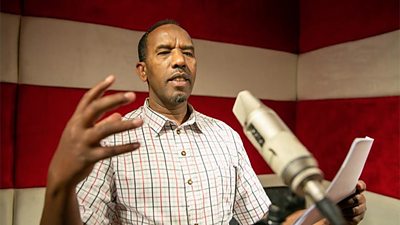
'Hello hope': Why COVID-19 communication is critical in Somalia
Learn more about our work with media and communication to help prevent the spread of COVID-19 in Somalia. -

Radio to encourage women's economic empowerment in Somalia
Through engaging radio and training, ���Ͽ�����¼ Media Action is supporting women across Somalia to understand their economic rights and thrive in both the formal and informal labour markets. -

'Towards a desired goal’: building democracy in Somalia
After decades of civil war, Somalia has struggled to establish inclusive, peaceful and democratic political processes. Our national radio magazine programme, Gole Joog (‘Let’s Gather and Discuss’) is building bridges between communities and encouraging civic participation. -
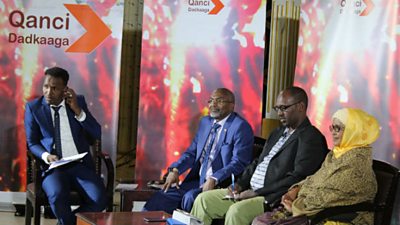
Helping people in Somaliland hold their leaders to account
Radio and TV debate shows are helping people in Somaliland learn more about how to hold those in power to account -

A lifeline for people affected by drought in Somalia
Communication is a vital form of humanitarian aid so we've teamed up with the ���Ͽ�����¼ Somali Service and Radio Ergo to help people survive, cope and recover. -

Inspiring young people through radio drama
A weekly interactive radio drama, Maalmo Dhaama Manta, supports young Somalis to explore their opportunities and the obstacles they face.
